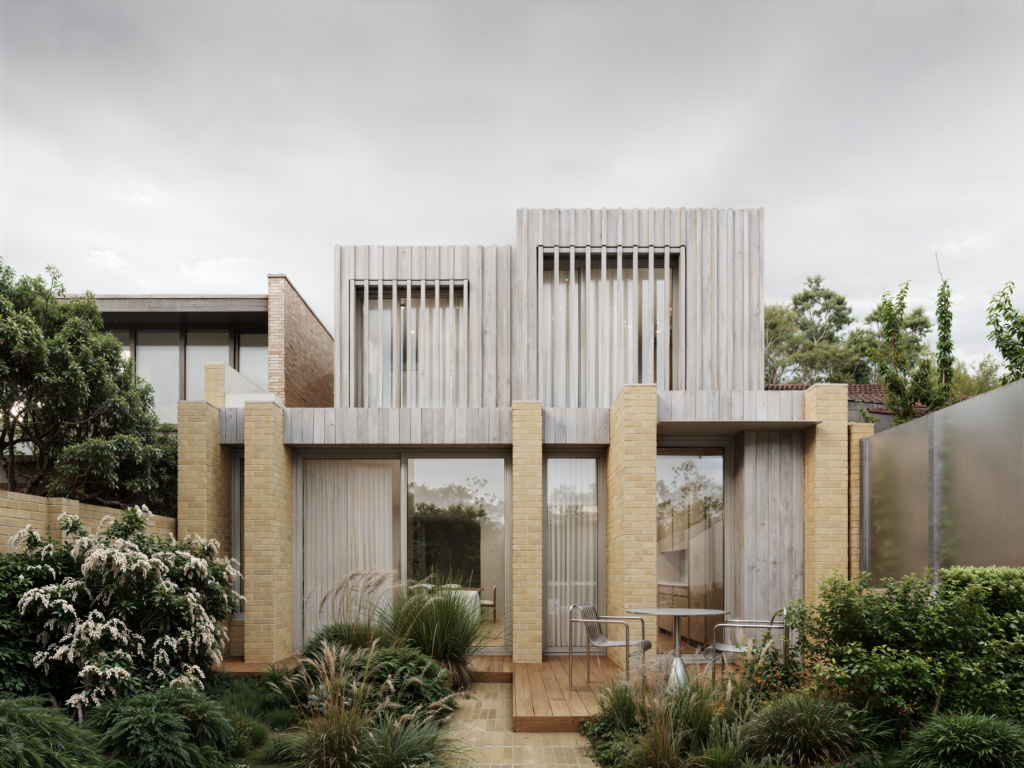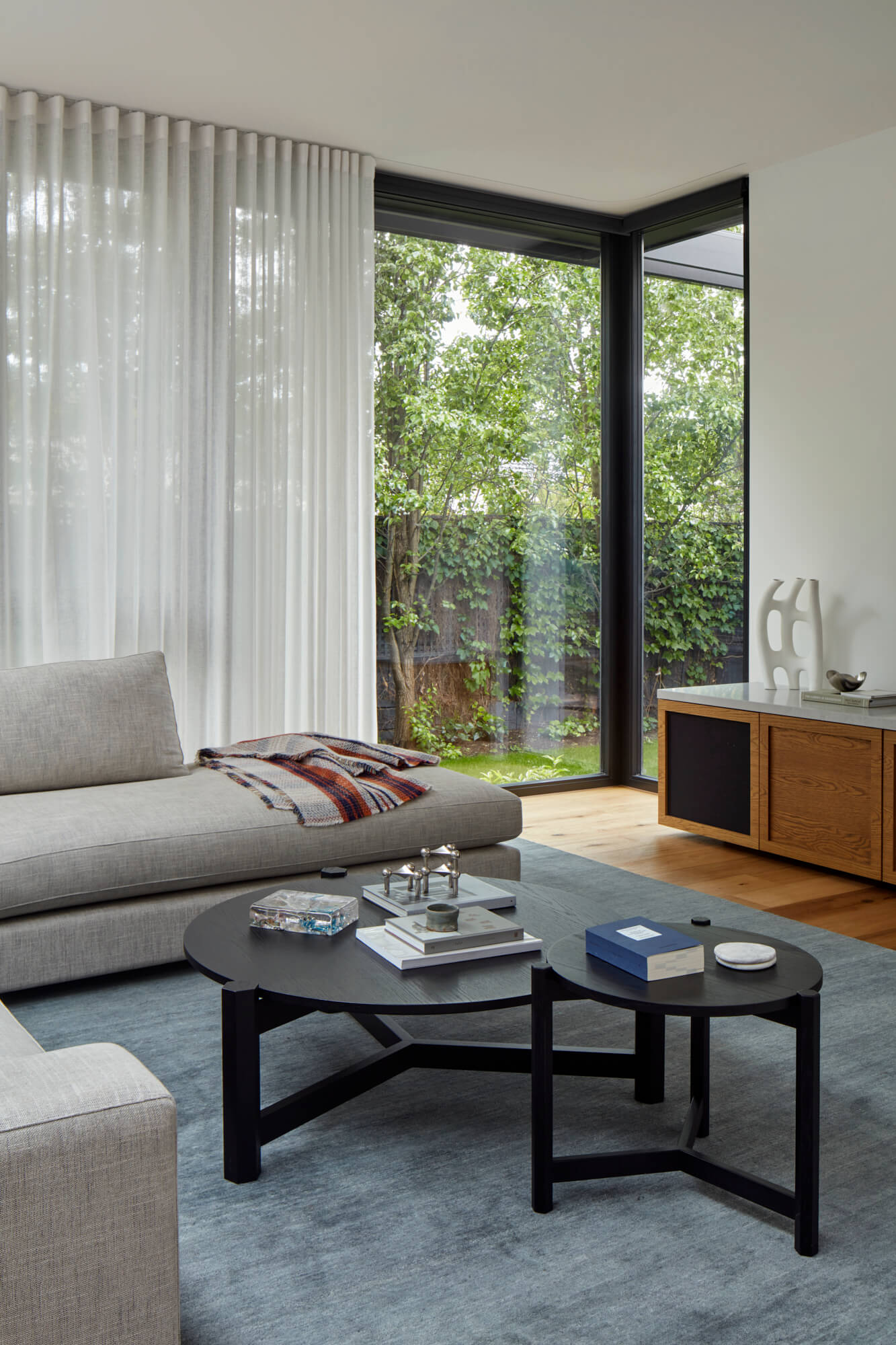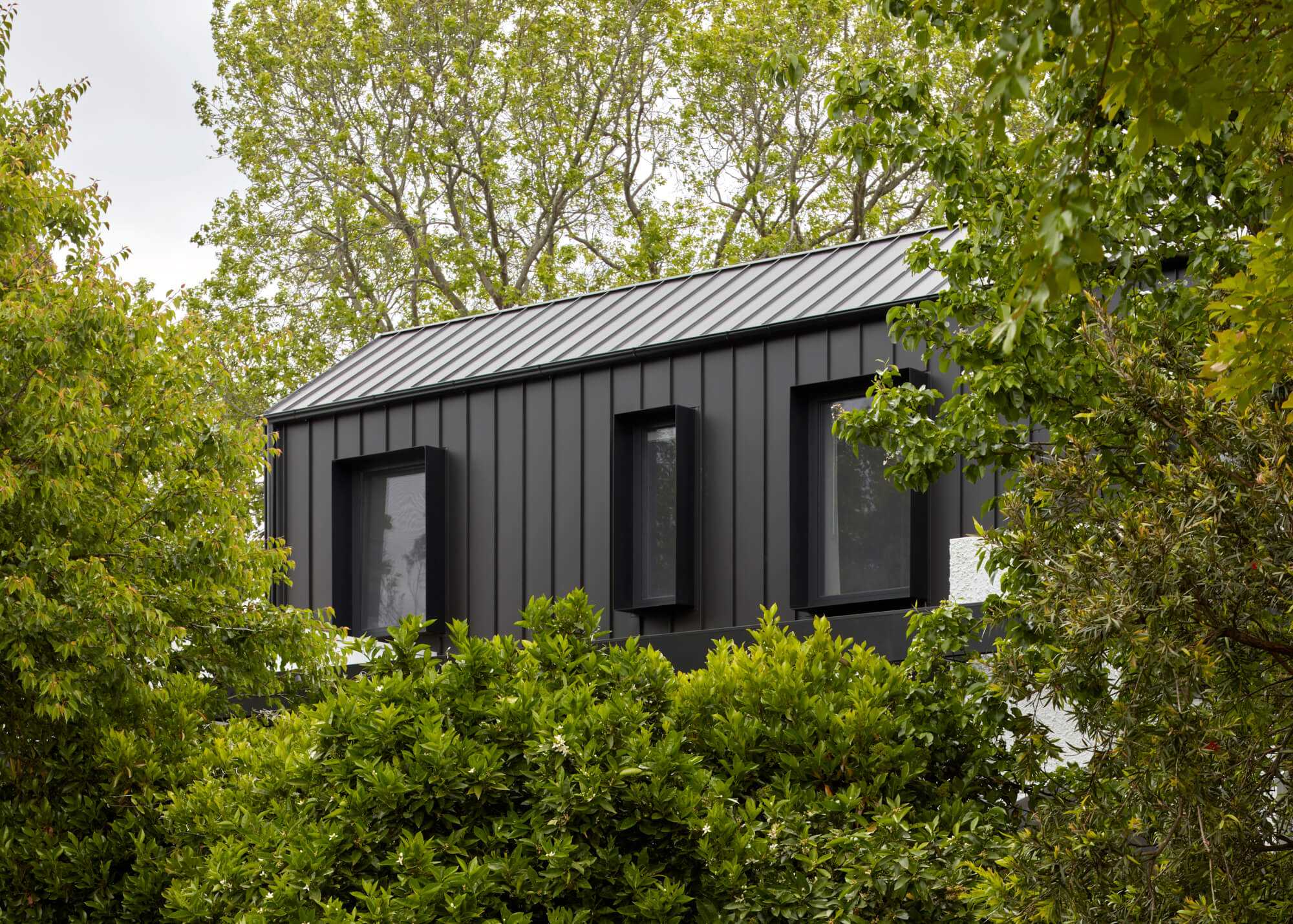Passivhaus
Passive House Architect Jane Cameron Finlay was an early Australian advocate of this fast-growing construction movement sets high performance, ultra-low energy homes as the rule rather than the exception.
Whether a new build, renovation, extension or an EnerPHit deep-energy retrofit, our practice challenges our designers to apply Passive House principles in response to the specifics of each project.

What is Passive House?
The first ‘passivhaus’ was completed in Germany in 1991 as a performance standard that aims for specific energy targets without dictating construction methods or architectural styles.
Passive House has five key elements:
- Continuous high-level insulation
- High-performance windows
- An airtight building envelope
- Mechanical ventilation with heat recovery (MVHR)
- Thermal bridge free design and construction
A standard for any climate
Despite being developed in Germany’s cool climate, the flexible Passive House standard ensures that designers can draw on modelling software and local climate files to ensure the design responds to specific site conditions.
Increased comfort, less energy consumption
Even with minimal heating and cooling systems, MVHR ensures a house will stay warm over freezing winters and cool in summer. The super-insulated continuous envelope minimises both external urban noises and structural and interior condensation risks. Continuous fresh filtered air at room temperature offers protection from pollution, pollen and odours, making a Passive House healthier than a standard build.


Economics & affordability
An architecturally designed, custom-built, Certified Passive House can be delivered for equal or less than an equivalent house built to the minimum National Construction Code standards.
A case study of two completed houses that went from passive solar design to Passive House in Victoria shows that they saved 7% and 15% of the construction costs, respectively. A completed house in Sydneydemonstrated a negligible cost premium for Passive House.
Over a building’s life span, the low running costs of Passive Houses make them more cost-effective than standard builds – with 90% average reduction in energy use for heating and cooling.
The ultra-low energy demands also make it more affordable to use renewable energy sources and significantly reduce CO2 emissions.
Simple & unique designs
Passive Houses can be built to your needs and aspirations. They promise comfortable temperatures, no draughts and fresh air, and they make a sustainable contribution without compromise.
